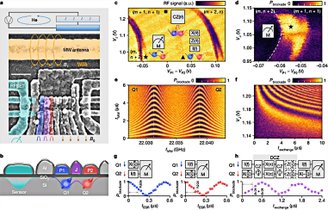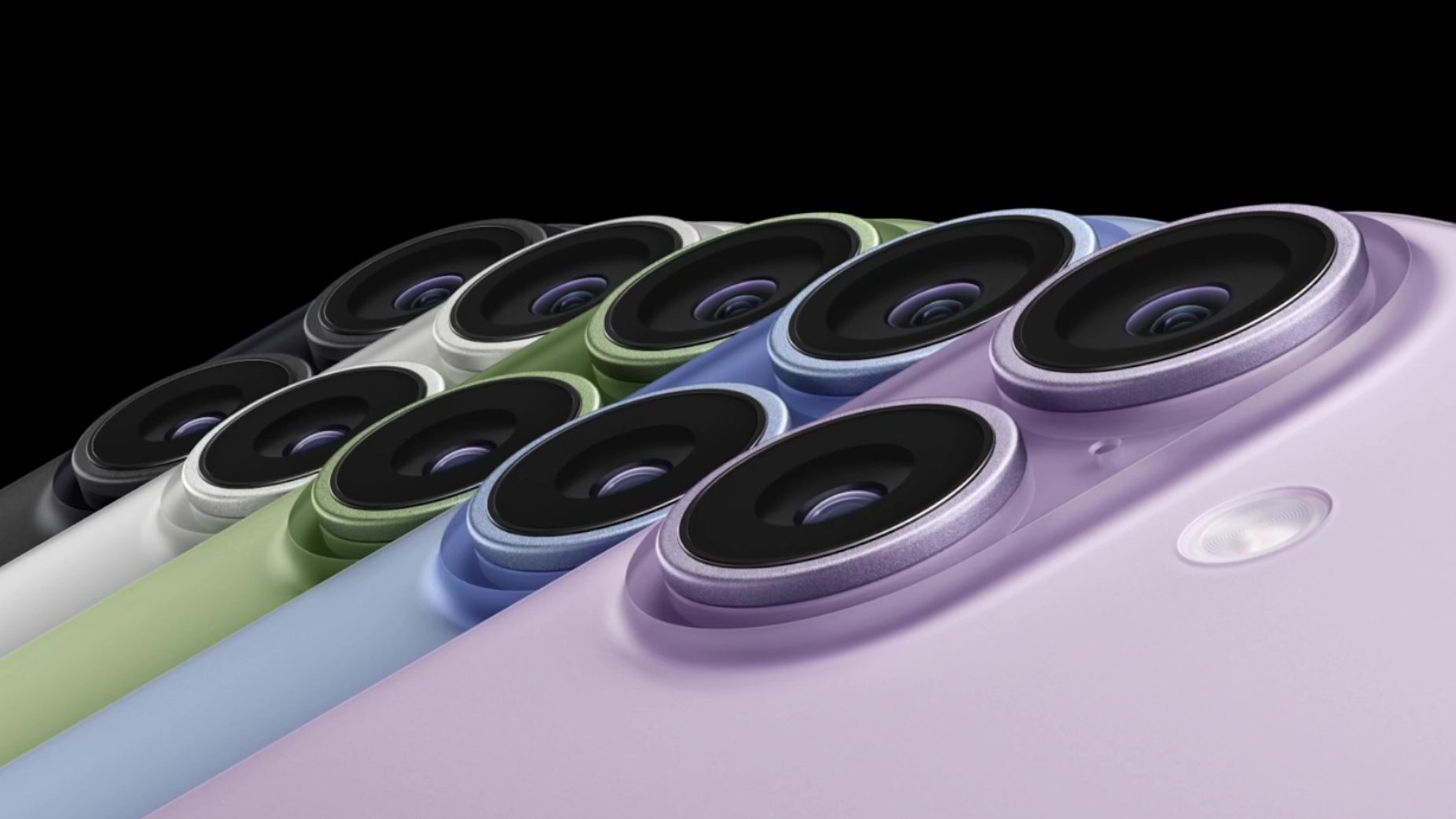In a recent paper published in Nature, an international team of scientists demonstrated a particular type of qubit that uses individual electron spins and can operate at an operating temperature of around 1°K. warmer than the current limit near absolute zero (0 Kelvin or -273.15°C).
Although it is a small difference that still requires an extremely cold environment, the value achieved is much warmer than previously thought possible. Although it may seem small, this change can simplify the extensive and complex structure that currently exists. In a “leaner” system, easier to control and maintain, there is a significant reduction in operating costs and energy consumption.
When it comes to cost savings and efficiency gains from cheaper technologies in quantum computing, values can reach millions of dollars when factoring in billions of dollars in research and development in areas such as drug design.
Why does quantum computing rely on low temperatures?
Since the introduction of a prototype quantum computer by Isaac Chuang and Neil Gershenfeld at the University of California at Berkeley in 1998, the technology has struggled with one limitation: operating at a temperature close to absolute zero. The rationale for this is that quantum phenomena can only occur when isolated from the warmth of our ordinary world..
This means that producing a single quantum bit (qubit) requires a massive cooling device to operate. And since some sensitive areas require massive qubit generation, it may be necessary to interconnect quantum computers running in parallel across entire warehouses filled with cooling systems and cables.
What are the implications of a hotter quantum computer?

Authors Andrew Dzurak and Brazilian André Luiz Saraiva de Oliveira warn that although the possibility of working with “hotter” qubits opens up a new field for quantum computing, it also introduces new challenges in correcting and controlling errors that can occur at higher temperatures. Both in an article on The Conversation platform from UNSW Sydney, Australia.
After all, quantum computers are still at an early stage of development and, like all emerging technologies, there are major technical challenges to overcome before they can be integrated into our daily lives like our silicon chip computers. In this sense, operating qubits at higher temperatures is a step towards simplifying the current system.
Dzurak and Oliveira hope that “quantum computing can escape the confines of specialized laboratories and penetrate the broader scientific community and industrial and commercial data centers.”
Is there anything you want to ask? Tell us about our social networks and always stay up to date on technology and science at TecMundo!
Source: Tec Mundo
I’m Blaine Morgan, an experienced journalist and writer with over 8 years of experience in the tech industry. My expertise lies in writing about technology news and trends, covering everything from cutting-edge gadgets to emerging software developments. I’ve written for several leading publications including Gadget Onus where I am an author.












